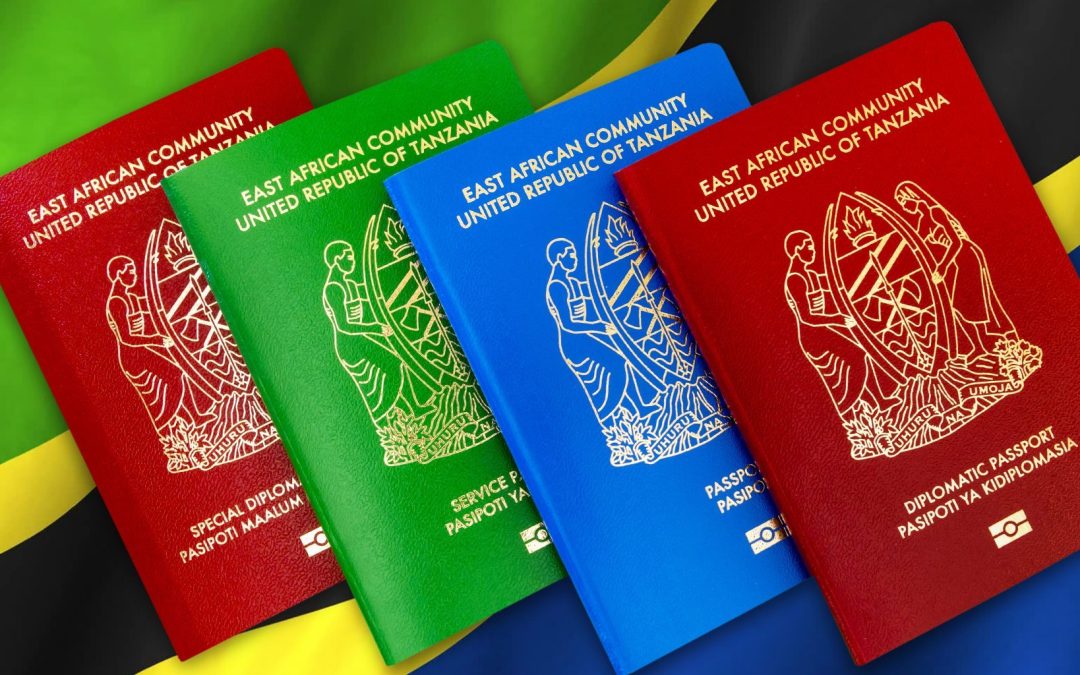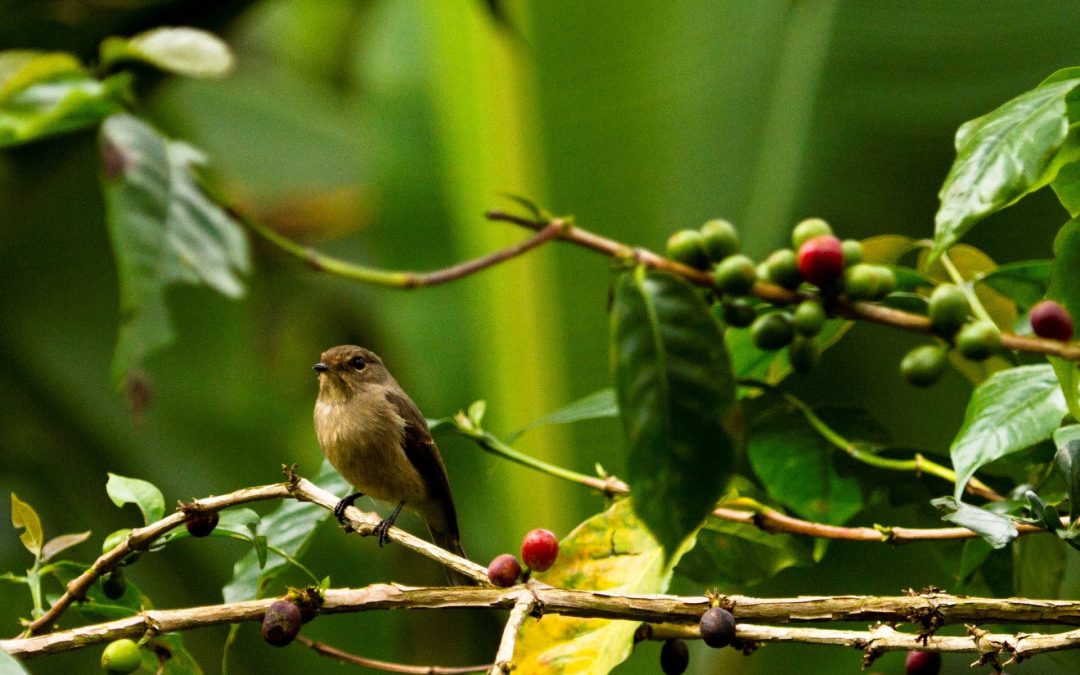
Kilimanjaro Trekking Recomended Parking List
Kilimanjaro Trekking Recomended Parking List
Clothing for Kilimanjaro
On Kilimanjaro, you’ll experience a fascinating range of climates as you traverse through four distinct zones: the lush rainforest, the expansive moorland, the picturesque alpine meadows, and the breathtaking Arctic desert. Prepare yourself for the contrasting weather conditions, with the lower altitude rainforest being hot and humid, and the summit zone boasting freezing temperatures, accompanied by strong winds. Daytime temperatures tend to be elevated, but be aware that they can plummet to freezing levels during the night. It is crucial to equip yourself thoroughly to tackle these variable conditions.Jackets
For this trip, you’ll need three types of jackets:

Clothing for Kilimanjaro
On Kilimanjaro, you’ll experience a fascinating range of climates as you traverse through four distinct zones: the lush rainforest, the expansive moorland, the picturesque alpine meadows, and the breathtaking Arctic desert. Prepare yourself for the contrasting weather conditions, with the lower altitude rainforest being hot and humid, and the summit zone boasting freezing temperatures, accompanied by strong winds. Daytime temperatures tend to be elevated, but be aware that they can plummet to freezing levels during the night. It is crucial to equip yourself thoroughly to tackle these variable conditions.
Jackets
For this trip, you’ll need three types of jackets:A fleece jacket provides insulation.
Fleece jackets can be worn separately or over a trekking shirt. They are ideal for use at night while camping. A fleece jacket is essential; you’ll be wearing it for the majority of your Kilimanjaro trek. Polartec-200 fabric is preferred over all others for Kilimanjaro trips. The greatest fleece jacket brands are The North Face, Red Fox, Mountain Hardwear, and Patagonia. Hooded fleece jackets provide more warmth and comfort. We recommend packing 2-3 items for your trip. The North Face, Red Fox, Mountain Hardwear, and Patagonia provide the best fleece coats for Kilimanjaro treks.

Rain jacket with a membrane hard shell
You’ll probably need a hard shell rain jacket from the moment you leave for your trip. The purpose of this garment is to shield you from the wind and light rain before you arrive at the summit camp. It would be your third layer, following thermal underwear and a fleece jacket, for the majority of Kilimanjaro days.

Warm jacket or Down jacket
In camp, a warm jacket is used for summiting and for keeping you warm on chilly evenings. It is a vital component of your equipment.
At -15°C / 5°F, a thermal jacket should be comfortable to wear and neither too heavy nor too light.
Verify that the warm jacket you’re wearing has a hood.
The down jacket’s waterproofness is an additional crucial consideration. Since rain and snow are common on Mount Kilimanjaro, it is advised that you wear warm coats with an outer material that is water-resistant to protect yourself from light precipitation. You’ll need a specific rain jacket to provide extra coverage in the event of heavy rain or snowfall.
Trousers
For this trip, you’ll need three types of jackets:

Trekking trousers.
Generally, adequate trekking pants will suffice for a journey to Mount Kilimanjaro. Even if you like to hike in shorts, you’ll still need pants for the colder nights in the camps and the higher altitude areas of Kilimanjaro.

Membrane rain pants.
Membrane pants are essential for any Kilimanjaro adventure, especially during the wet season. When worn with trekking pants, they provide excellent wind and rain protection, enhancing your overall experience.

Warm trousers or ski pants.
Warm trousers or ski pants are another essential item for your packing list. They are required for the top portion of your trip, when the weather is very chilly. These trousers should be water resistant, lined with fleece on the inside for warmth, and wrapped in strong hard shell insulation to defend against the elements. Ideally, these pants should be comfortable to wear in temperatures below -15 CO/5°F. If you are not used to chilly weather, you will appreciate wearing warm pants in Kilimanjaro’s higher camps.
shirts and underwear for hiking
For your climb up Kilimanjaro, you will require five to six pairs of underpants. Additionally, you will need to bring two or three pairs of thermal underwear (base layer) for this expedition; you will wear the first pair on regular days and the second pair on summit night. Moreover, thermal underwear makes sleeping more comfortable than not wearing it. To speed up the drying process, the initial set can be made of lightweight synthetic fabric. Wool and other warmer, more natural materials should be included in the one used for the summiting. Any type of branded thermal underwear is ideal for climbing Mount Kilimanjaro. It is essential to have two long sleeve shirts and three to four short sleeve shirts for Kilimanjaro trips. Steer clear of cotton since it wicks poorly. Lightweight and “breathable” fabric is ideal. Shirts composed of nylon or a blend of polyester and spandex are great.
Hiking backpacks and bags.
You will need good quality bags for your climb to Mount Kilimanjaro. To put it briefly, you will require two different kinds of bags: a duffel bag that a porter will handle and a daypack that you will carry yourself.

Daypack.
Your daypack will hold your daily necessities, such as sunglasses, sunscreen, a rain poncho, a flashlight, a flask of water, and snacks. It is also the best spot to store your equipment, such as your camera and smartphone. Your daypack should be lightweight as possible. Leave heavier options for future hikes. Furthermore, ensure that your daypack fits properly on your back. We recommend taking it on a little hike before Kilimanjaro to ensure that it is appropriate and comfortable for this expedition. When selecting a backpack, please pay attention to the following:
- Your Kilimanjaro backpack should include a rain cover. Rain can come soon, thus it will be required to protect the contents.
- It should feature side pockets for trekking poles, a water flask (bottle), and any other items you think are useful to have easily accessible.
- A good backpack should also include a hip belt, which helps to relieve weight pressure.
- Ideally, a daypack should be compatible with a camel bag or hydration bladder.

Duffle bag.
The majority of your Kilimanjaro clothing and gear will be kept in a duffle bag, including hiking boots (unless you’ve opted to wear them right away), a sleeping bag, and other items. A porter will be carrying it at all times. Porters typically carry duffel bags on their heads, hence soft variants are required for their comfort. A porter carrying your duffle on his head will travel around 40-50 kilometers (depending on route). According to Kilimanjaro National Park regulations, your fully laden duffle bag should not weigh more than 15 kilograms.
- Have a minimum capacity of 90-120 liters. Otherwise, you will be unable to fit the whole Kilimanjaro outfit.
- It should be manufactured from waterproof materials.

Water Flask.
A water flask is an absolute necessity. Unlike some low-quality hydration bladders, it will not freeze over night. You must drink at least 3-4 liters of water every day, so a flask is an essential equipment for this trip. You should pack 1-2 water flasks (one liter each) for your Kilimanjaro expedition. Aside from a water flask, it is also advisable to have a thermos for hot tea or coffee. Though the guides usually carry one thermos each for the hikers to have a hot drink on the route, bringing your own means having extra supplies, which are never unnecessary on Kilimanjaro. greater tea or coffee equals greater energy, which you will undoubtedly need.
Footwear.
Footwear is one of the most critical items on your Kilimanjaro packing list. This is where you need be especially careful and selective. Choosing hiking boots and/or shoes is an extremely important chore. A poor choice here might lead to damaged toenails, corns, and blisters. This tour will require high-quality hiking boots, trekking shoes (optional), and trekking socks.

Trekking Boots.
Choosing the right trekking boots is certainly crucial. There are numerous possibilities on the market, and it might be difficult to select the appropriate one. Ideally, your hiking footwear should meet the following requirements:
- Boots should provide enough ankle support. To avoid injury, buy a strong model with adequate ankle support.
- Boots should be medium weight. Avoid choosing boots that are too hefty; they will reduce your comfort and cause your feet to tire soon.

Trekking socks
Trekking socks are required on hikes like this. Cotton socks should be avoided since they absorb perspiration and cause blisters. Woolen socks, on the other hand, are an excellent choice for Kilimanjaro because they are both quick and efficient. wicking. Bridgedale is one such brand to consider.
Footwear.
Footwear is one of the most critical items on your Kilimanjaro packing list. This is where you need be especially careful and selective. Choosing hiking boots and/or shoes is an extremely important chore. A poor choice here might lead to damaged toenails, corns, and blisters. This tour will require high-quality hiking boots, trekking shoes (optional), and trekking socks.

Trekking Boots.
Choosing the right trekking boots is certainly crucial. There are numerous possibilities on the market, and it might be difficult to select the appropriate one. Ideally, your hiking footwear should meet the following requirements:
- Boots should provide enough ankle support. To avoid injury, buy a strong model with adequate ankle support.
- Boots should be medium weight. Avoid choosing boots that are too hefty; they will reduce your comfort and cause your feet to tire soon.

Trekking socks
Trekking socks are required on hikes like this. Cotton socks should be avoided since they absorb perspiration and cause blisters. Woolen socks, on the other hand, are an excellent choice for Kilimanjaro because they are both quick and efficient. wicking. Bridgedale is one such brand to consider.
Headgear
Kilimanjaro headgear, like other trekking equipment categories, includes both necessary and optional components.

Sun hat.
A sun hat is a must-have for your packing list. Ideally, it should also have a neck cover. This hat will keep your face safe from sunburn and overheating.

Beanie.
It is necessary to bring a beanie on this journey. At higher elevations, you’ll start to feel cold, so a decent beanie will help keep your head and ears warm. It should be warm enough to withstand the summit area’s low temperatures and snowfall.

Sunglasses.
When it comes buying sunglasses, there are several important factors to consider. First and foremost, eyewear should provide enough UV protection. UV light is substantially more intense at 6,000 meters above sea level than at sea level itself. Second, when picking sunglasses, keep in mind that snow on the summit reflects light, placing additional pressure on your eyes. Even if the weather is gloomy, you should wear sunglasses as you approach the summit. Otherwise, you may acquire a condition called snowblindness. It is extremely harmful and may permanently impair your vision. Thus, buy a high-quality mountain model with three or four levels of UV protection. Summit glasses, as well as other necessary equipment, can always be rented at a reasonable price from our Kilimanjaro rental shop. Julbo Explorer and Oakley offer the best eyewear for a Mount Kilimanjaro climbing experience.

Headlamp.
You cannot trek Mount Kilimanjaro without a headlamp. For starters, you’ll need it after sunset to move around the camp, as finding your tent can be difficult. Furthermore, if you walk to the bathroom at night without a headlamp, you may stumble into the tent ropes. Second, a headlamp will be required during the peak. Hikers usually start at midnight and hope to reach Uhuru peak by daylight. So a headlamp will be really useful for seeing the path. Please consider the following aspects while selecting a headlight for your trip:
- Examine the quality of light. The brighter your headlamp, the better suited it is to the hike. Optimally, the light output should exceed 90-100 lumens, with a beam distance of at least 40-50 meters.
- Purchase decent batteries. Ideally, the active mode should last roughly 30 hours. Otherwise, don’t forget to bring spare batteries.
- Finally, your headlight should not be excessively heavy. Because it is worn on the head, it should be fairly lightweight. As a result, nothing weighing more than 120 g should be considered.
- Avoid purchasing headlights with rechargeable batteries. Their battery life is significantly lower, and there are no power outlets on Kilimanjaro to charge them.
Trekking poles

Trekking poles
Lightweight gloves are designed to keep your hands warm beginning on the second day of your excursion. Most hikers wear them until they reach the summit camp, after which they put on their outer gloves. Inner gloves should be constructed of high-quality materials, preferably wool, polartec, or synthetics. Cotton gloves are unsuitable for Kilimanjaro due to their limited wicking capacity.Sleeping bag.

Sleeping bag for Kilimanjaro trekking.
A sleeping bag is required in each camp and on all routes when climbing Mount Kilimanjaro, regardless of the season. Though some may believe that the huts on the Marangu path are comfortable, the truth is that they are not heated, therefore it is your job to stay warm at night. The sleeping bag should be warm. To begin with, your sleeping environment has three temperature settings. “Comfort level” refers to the temperature at which you may sleep comfortably in your sleeping bag wearing only thermal underwear. “Limit level” refers to the temperature at which you can use your sleeping bag while wearing several layers of extra clothing. Sleeping bags should not be utilized at temperatures over that limit. “Extreme level” refers to the temperature at which a sleeping bag can be used as an emergency measure to protect a climber from hypothermia until emergency personnel arrive. Nighttime temperatures in Kilimanjaro’s top camps are extremely low. Your sleeping bag’s comfort level should be at least -10°C / 14°F. If you can find a sleeping bag that is warmer, you will not be disappointed! Nobody has ever complained that their sleeping bag was too hot. Ideally, your sleeping bag should feature a hood to protect your head and allow you to sleep better at night.
Our Kilimanjaro sleeping bag recommendations are Mountain Hardwear’s Lamina Z Blaze (Comfort Level -15°F / -26°C) and The North Face sleeping bags. Because sleeping bags are very large, you can rent one from our Kilimanjaro rentals shop upon arrival. We continually renovate our inventory, ensuring that our hikers have access to the greatest sleeping bag.
Gloves.
You will want two types of gloves for this adventure: light inner gloves and warmer outer gloves for the summit night. Both types of gloves are required for your Kilimanjaro trek.

Lightweight gloves
Lightweight gloves are designed to keep your hands warm beginning on the second day of your excursion. Most hikers wear them until they reach the summit camp, after which they put on their outer gloves. Inner gloves should be constructed of high-quality materials, preferably wool, polartec, or synthetics. Cotton gloves are unsuitable for Kilimanjaro due to their limited wicking capacity.

Mittens.
You will also require warm gloves or mittens for the summit night. They should be warm, waterproof, and comfortable to use. Mittens are preferable because the summit typically takes around eight hours to reach and you will be clutching trekking poles the entire way. As a result, it is critical to maintain them warm at -15 degrees Celsius/5 degrees Fahrenheit.

















